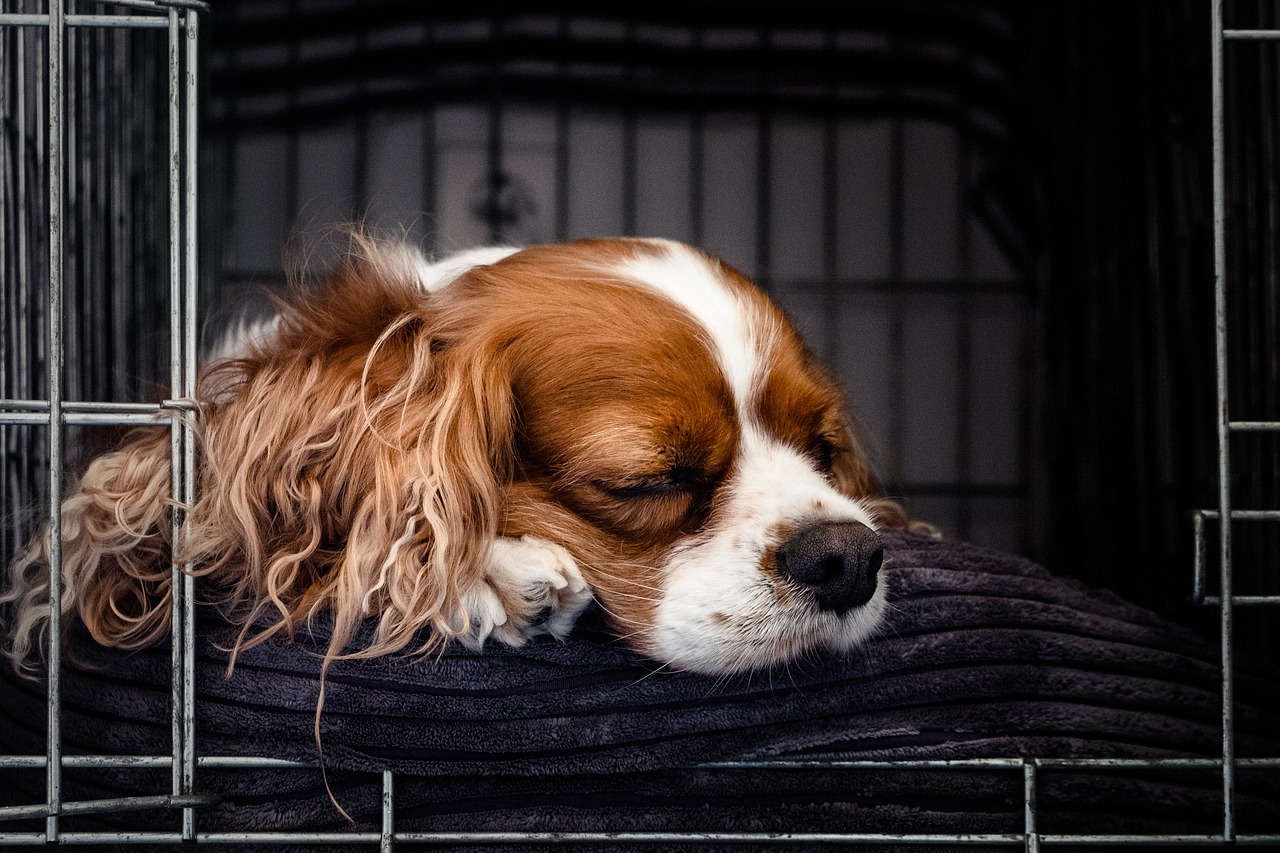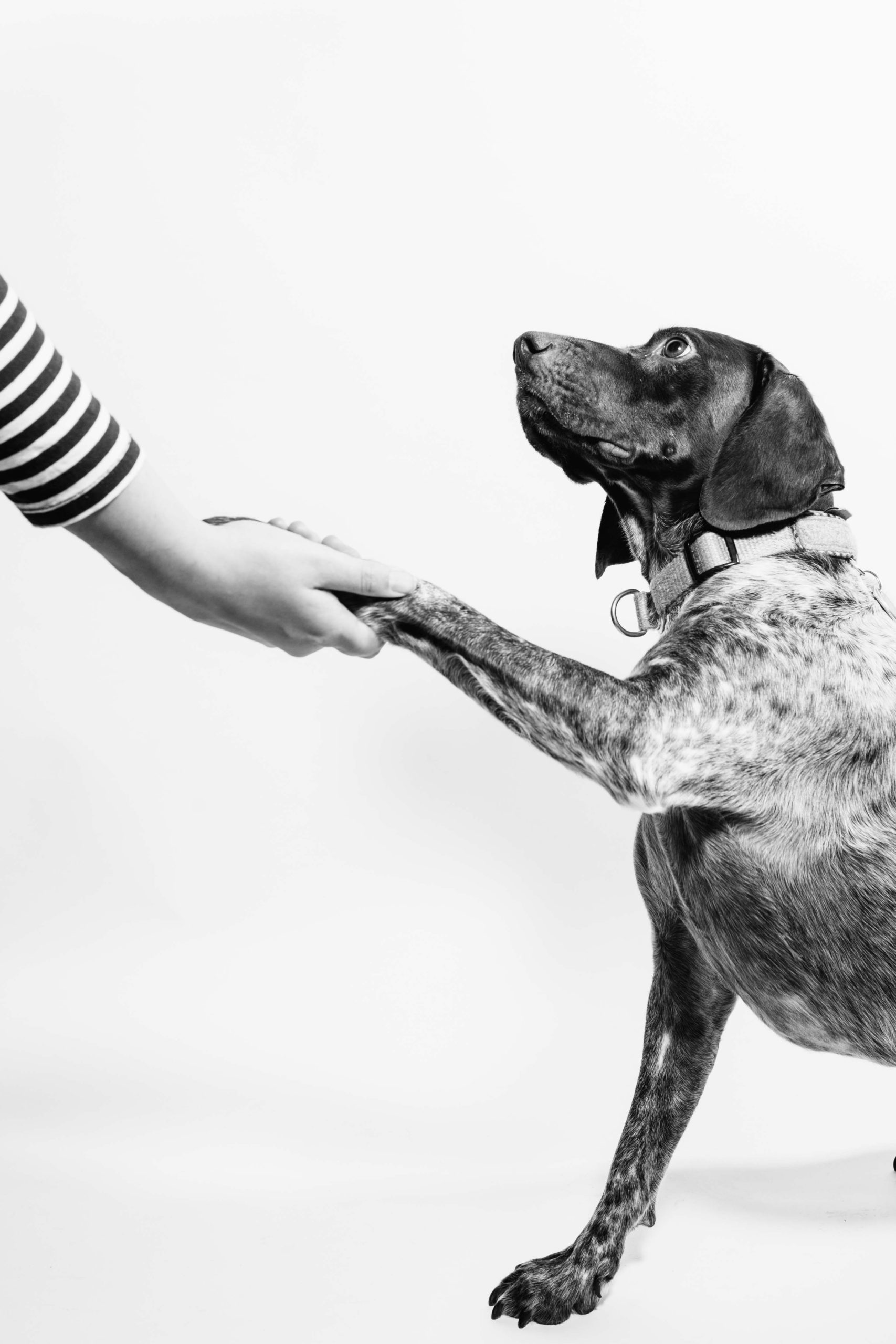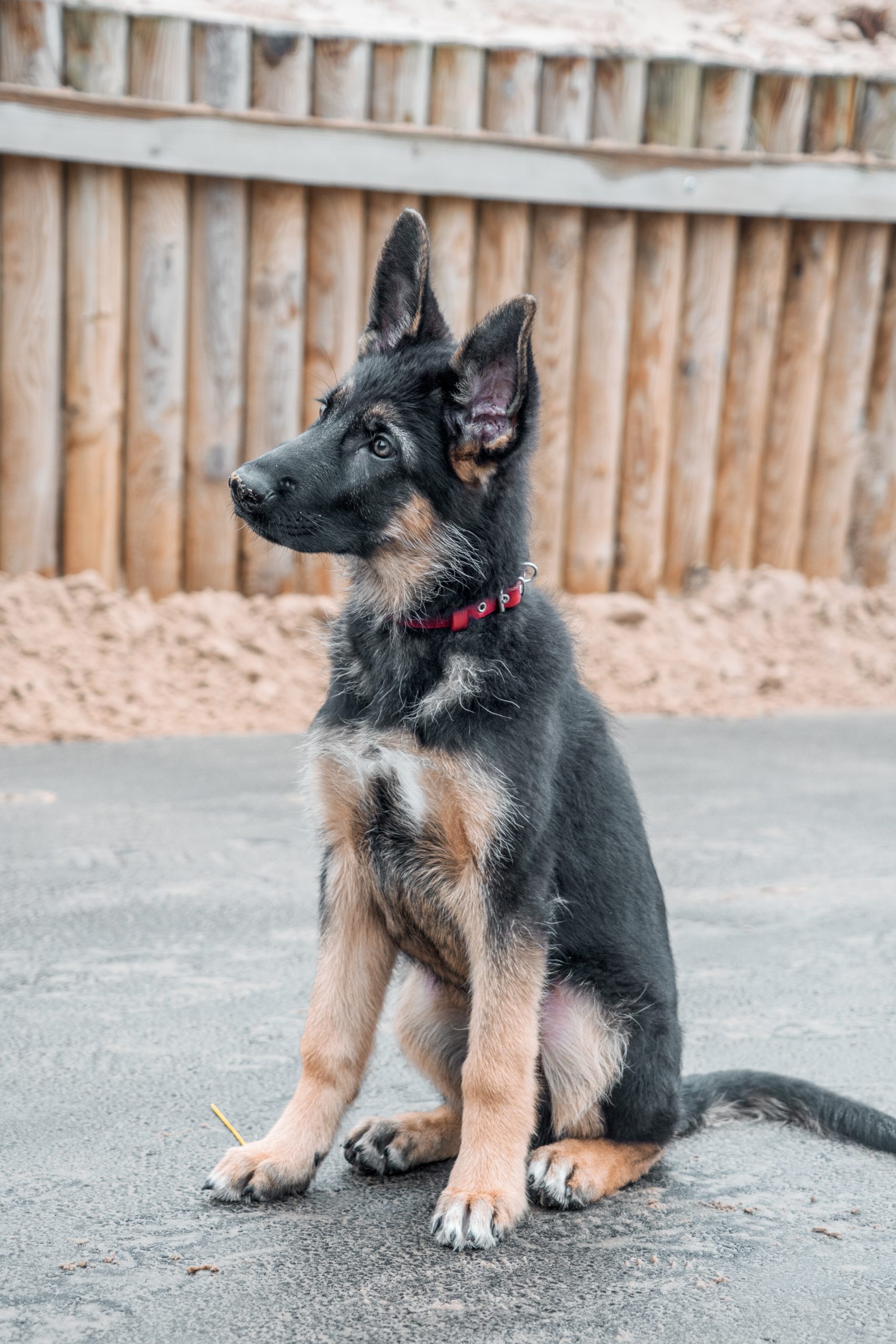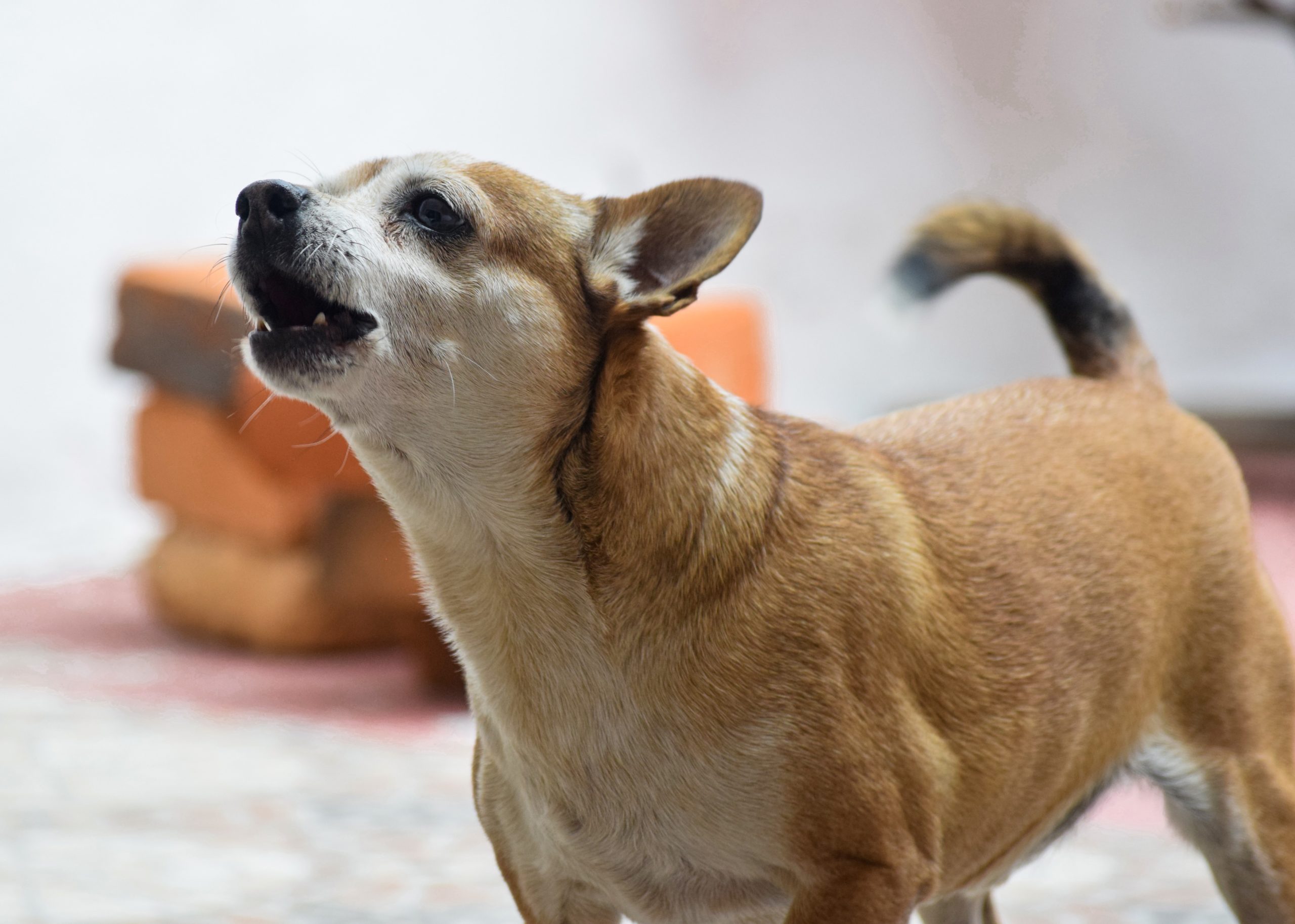Bringing home a new puppy is an exciting and joyous occasion. However, it can also be overwhelming, especially when it comes to training. One aspect of training that is crucial for a well-behaved and happy pup is crate training.
Many new puppy owners may be hesitant or unsure about crate training, but rest assured that with the right technique and approach, it can be a positive experience for both you and your furry friend. In this article, we will guide you through the process of crate training your puppy step-by-step, so you can have a well-adjusted companion in no time.
If you still struggle after reading this article and doing some more research, we suggest looking for professional help in the form of online training.
The Benefits of Crate Training
Crate training is a popular method to train puppies as it has numerous benefits for both the puppy and its owner. Firstly, it provides a safe space for the puppy to retreat to when feeling threatened or overwhelmed. The crate serves as their own personal sanctuary, where they can relax without being disturbed by external factors such as loud noises or other animals.
It also makes it easier for the owner to manage the puppy’s behavior, especially during times when they cannot keep an eye on them. Secondly, crate training can make house training much quicker and easier. Puppies are instinctively clean animals and won’t want to soil their sleeping space.
By using a crate, you can utilize this instinct by encouraging them to hold their bladder until you take them outside for a potty break. This will help establish a consistent bathroom routine which will benefit both the puppy and you in the long run.
Lastly, crate training can help minimize destructive behavior in puppies who are teething or have excess energy. Instead of leaving your belongings vulnerable to being chewed on or knocked over by an energetic pup while you’re away from home, providing them with an appropriate chew toy or puzzle toy in their crate keeps them occupied and out of trouble.
Crate training has many benefits that make it worth considering when raising a new furry friend. From providing safety and security for your pet, making house training easier and faster, to minimizing destructive behavior – there are numerous advantages that make this method worthwhile!
Choosing the Right Crate
When it comes to crate training your puppy, choosing the right crate is crucial. The type of crate you choose will determine how comfortable your pup will feel inside and how successful the training will be. There are three main types of crates to choose from plastic, wire, and soft-sided. Each has its own advantages and disadvantages.
Plastic Crates
Plastic crates are a popular choice for several reasons. They are sturdy, durable, and can be easily cleaned. They also provide a sense of privacy that some dogs prefer. However, they can be heavy and difficult to move around, making them less ideal for travel or outdoor use.
Wire Crates
Wire crates are another popular option because they allow for better visibility and ventilation than plastic crates do. They can also collapse for easy storage or transport. However, they may not provide as much privacy as plastic crates do, which could make some dogs feel uncomfortable or anxious.
Soft-Sided Crates
Soft-sided crates are lightweight and easy to store or transport. They’re perfect for small puppies who need a safe place to sleep while traveling with their owners on airplanes or in cars. However, they may not be suitable for larger breeds who could chew through the fabric or damage it in other ways.
The size of the crate is also important when choosing the right one for your puppy. The crate should be large enough for your dog to stand up in without touching the top of the crate; turn around comfortably; and lie down with his legs stretched out without bumping into any sides of the crate.
Consider what type of crate will work best for your dog’s personality and your lifestyle. By selecting a comfortable, appropriate crate, you will help ensure the success of your puppy’s training and make the experience more pleasant for both you and your furry friend.
Making a Positive Association with the Crate
One of the most important aspects of crate training is making sure your puppy has a positive association with their crate. This will help them feel comfortable and secure when spending time in it, which is crucial for successful crate training. Here are some tips to help you create a positive association:
Use Treats and Toys
When introducing your puppy to their crate, use treats and toys to make it a fun and rewarding experience. Place treats or toys inside the crate and encourage your puppy to go in and get them. You can also feed your puppy their meals inside the crate so they begin to associate it with positive experiences.
Avoid Forcing Your Puppy into the Crate
Never force your puppy into its crate or use it as punishment. This will create negative feelings around the crate, making it difficult for them to feel comfortable spending time inside.
Instead, allow your puppy to explore the crate on their own terms and reward them when they choose to go inside voluntarily.
Create a Cozy Environment
Make sure your puppy’s crate is comfortable by adding soft bedding or blankets. You can also drape a blanket over the top of the crate to create a cozy den-like environment. By creating a comfortable space for your puppy, they’ll be more likely to enjoy spending time there.
By following these tips, you can help ensure that your furry friend has a positive association with their new home away from home – their cozy little den!
Introducing Your Puppy to the Crate
Introducing your puppy to a crate can be a daunting task, but with patience and consistency, it can become an enjoyable experience for both you and your furry friend. The key is to make the crate a positive and inviting space for your puppy.
Creating a Positive Association with the Crate
The first step in introducing your puppy to the crate is to create a positive association with it. Start by placing treats and toys inside the crate, encouraging your puppy to go inside on their own. Additionally, feed them their meals near or even inside the crate so that they begin to associate it with positive experiences.
It’s important not to force your puppy into the crate; this can create negative associations and make them fearful of entering it. Instead, let them explore at their own pace, offering praise and treats when they do go in on their own.
Spend Time Near the Crate
Another way to make the crate more appealing is by spending time near it yourself. Place comfortable bedding inside so that you can sit next to them while they explore. This creates a sense of security for your pup as they get used to being in close proximity with you while inside their new den.
You should also try putting some of your clothing or blankets that have familiar scents into the crate so that they may find comfort in these items when alone in there later on.
The goal during this introduction phase is for your puppy to become comfortable being near or even inside of their new “home”. With patience and consistency, most puppies will quickly learn that going into their crate is safe and comforting – leading eventually towards successful overnight crating without incident!
Crate Training During the Day
While crate training at night is essential for preventing your puppy from wandering around the house and getting into trouble, crate training during the day is equally important. It helps your puppy understand that being in the crate during the daytime is also a safe and comfortable space, not just a place to sleep at night.
Establishing a Routine
Establishing a routine for crate training during the day can help your puppy feel more secure and less anxious in their new environment. Setting up a specific time of day for your puppy to go into their crate can help them understand what is expected of them. For example, you may choose to put your puppy in their crate after breakfast or lunch while you’re away at work. Regardless of what works best for you, maintaining consistency in their routine will make them feel more secure.
You should start by putting your puppy in the crate for short periods throughout the day while you’re home. This will help them get used to being alone in their personal space without feeling lonely or frightened. Slowly increase the length of time that they spend inside it so they can gradually adjust to being crated while you’re away.
Toys and Treats
Toys and treats are an excellent way to make daytime crate training more enjoyable for your pup. Providing toys like puzzle feeders or chew toys will keep them occupied and prevent boredom while they’re alone. You can also give them treats when they go into their crate, giving positive reinforcement every time they enter it voluntarily. Just remember not to leave any toys that could be hazardous inside with them unsupervised.
By following these steps carefully, you will create a safe and secure environment where your furry friend can rest and grow into a happy, well-adjusted, obedient adult dog.
Crate Training During the Night
One of the biggest challenges of crate training a puppy is getting them to sleep soundly through the night. Puppies have small bladders and may need to go out in the middle of the night, but with patience and consistency, you can train your pup to sleep comfortably in their crate until morning.
Establishing a Routine
The first step in successful nighttime crate training is establishing a consistent routine. Puppies thrive on routine, so try to keep bedtime and wake-up times as consistent as possible. Before bedtime, take your puppy outside for a final potty break and eliminate any excess energy by playing with them or taking them for a short walk.
Then, lead them calmly into their crate 10-15 minutes before you plan to go to bed. This will give your pup time to settle down and get comfortable before falling asleep.
It’s important not to give in if your puppy whines or cries during the night, as this can reinforce bad behavior. Instead, ignore any crying or barking unless it sounds like an urgent need to go outside for a potty break. If your puppy does need a late-night potty trip, take them out quickly on a leash without making too much fuss or excitement.
Making the Crate Comfortable
Another crucial aspect of nighttime crate training is ensuring that your pup’s sleeping area is cozy and comfortable. Place soft bedding inside the crate so they have something soft and warm to rest on, but avoid including anything that could be chewed up or ingested by accident.
You can also make nighttime more peaceful for your puppy by providing soothing background noise such as white noise or calming music played softly from another room. Additionally, consider leaving an item with your scent near their sleeping area such as an old t-shirt or blanket. This can help comfort your pup and make them feel more secure and at ease.
Remember, it’s normal for puppies to take some time getting used to sleeping in a new environment, so be patient and consistent throughout the training process. With time and patience, your puppy will learn to see their crate as a safe and comfortable space where they can rest undisturbed until morning.
Gradually Increasing Crate Time
Crate training requires patience and consistency. As your puppy becomes more comfortable in the crate, you can gradually increase the amount of time they spend inside. It is important to do this slowly so that your puppy does not feel overwhelmed or anxious.
Short Intervals
When first starting out, keep crate time short, no more than 15-20 minutes at a time. This will help prevent any accidents or anxiety from occurring. Gradually increase the time by 5-10 minutes each day until your puppy can comfortably stay in their crate for several hours without any distress.
It is important to remember that puppies have small bladders and need to go outside frequently. Make sure to take them outside immediately after coming out of the crate to avoid any accidents inside the house.
Distractions and Treats
To make being in the crate a positive experience, give your puppy a special treat or toy that they only get when they are in their crate. This will create a positive association with being in the crate and make it less stressful for them.
You can also provide distractions such as interactive toys or chew bones to keep them occupied while they are inside. This will help alleviate boredom and prevent them from becoming restless or anxious.
Supervision and Comfort
If you are unable to supervise your puppy during their increased crate time, consider using a playpen or pet gate instead. This will allow them more space while still keeping them contained and safe when you are not able to watch them.
In addition, make sure that your puppy’s crate is comfortable with bedding or blankets for warmth and cushioning. This will help create a cozy environment where they feel secure and relaxed.
By gradually increasing your puppy’s time in the crate, you can help them become comfortable and confident in their new space. With patience and positive reinforcement, your puppy will soon be able to spend extended periods of time in their crate without any stress or anxiety.
Avoiding Common Crate Training Mistakes
While crate training can be a highly effective way to train your puppy, there are some common mistakes that many pet owners make. These mistakes can hinder the crate training process and potentially even cause harm to your pet. Here are some of the most common mistakes to avoid when crate-training your puppy:
Using the Crate as Punishment
One of the biggest mistakes that pet owners make is using the crate as a form of punishment. If you use the crate as a place to put your puppy when they misbehave, they will begin to associate it with negative experiences. This will make it much more difficult for them to learn that the crate is actually a safe and comfortable space for them.
If you find yourself getting frustrated with your puppy’s behavior, try taking a break from crate training and giving them some positive attention instead. This will help reinforce positive behavior and build trust between you and your puppy.
Leaving Your Puppy in the Crate For Too Long
Another common mistake that many pet owners make is leaving their puppies in their crates for too long. While it’s important to gradually increase the amount of time that your puppy spends in their crate, you should never leave them in there for extended periods of time without supervision.
Puppies need regular exercise, socialization, and opportunities to relieve themselves outside of their crates. Forcing them to stay cooped up for too long can lead to anxiety, stress, and even physical health problems.
Failing To Use Positive Reinforcement
The final mistake on this list is failing to use positive reinforcement during crate training. While it’s important to establish boundaries and rules with your puppy, it’s equally important to reward them for good behavior.
When your puppy follows commands and behaves well in their crate, be sure to provide them with plenty of praise, attention, and even treats. This will reinforce positive behavior and make them more likely to continue behaving well in the future.
If you avoid these common mistakes and approach crate training with patience, consistency, and positivity, your puppy will soon learn to love their crate as a safe, comfortable space they can call their own.
Positive Reinforcement and Praise
Positive reinforcement and praise are essential components of crate training a puppy. This is because puppies respond well to rewards, and they learn faster when they receive positive feedback. When your puppy goes into the crate willingly or stays inside calmly, reward them with treats and praise.
It is important to give the rewards immediately after the desired behavior occurs so that your puppy associates it with the action. This helps them understand that going into the crate or staying inside is a good thing. Use high-value treats like small pieces of cooked chicken or cheese to make their experience as positive as possible.
While rewarding good behavior, it is also important to avoid punishing your puppy for mistakes or accidents while crate training. If your puppy soils their crate or whines excessively, do not reprimand them as this may scare them and create negative associations with the crate.
Remember to always reward good behavior, use high-value treats, and avoid punishing mistakes in order to build a strong foundation for successful crate training.
Graduating from the Crate
After successfully crate training your puppy, there will come a time when they no longer need to be crated. Graduating from the crate can be a gradual process that takes several weeks or months, depending on your puppy’s progress.
Monitoring Progress and Gradually Increasing Freedom
You can monitor your puppy’s progress by gradually increasing their freedom while you are at home. Allow them to explore one room while you supervise them, and then gradually increase their space. This allows them to develop good behavior and helps build trust between you and your furry friend.
It is important not to rush the process of graduation from the crate. Taking it slowly will ensure that your pup does not return to bad habits such as chewing on furniture or going potty indoors.
Benefits of Graduating from Crate Training
The benefits of graduating from a crate-trained pup are numerous. You will have more freedom in deciding where your dog can go while you are away, which will result in less stress for both of you.
Your dog will also have more room to play and interact with family members during the day, which promotes socialization and builds positive relationships with humans.
Taking it slowly and monitoring progress closely, you’ll be able to enjoy many benefits that come with having a well-trained furry friend!
Conclusion
In conclusion, crate training is an effective and humane way to train your puppy. By providing a safe and comfortable space for your furry friend, you can help them develop good habits and prevent destructive behaviors.
Remember to choose the right crate size, introduce your puppy gradually, use positive reinforcement and praise, and avoid common mistakes. With patience, consistency, and love, you can successfully crate-train your puppy and enjoy a happy life together.



